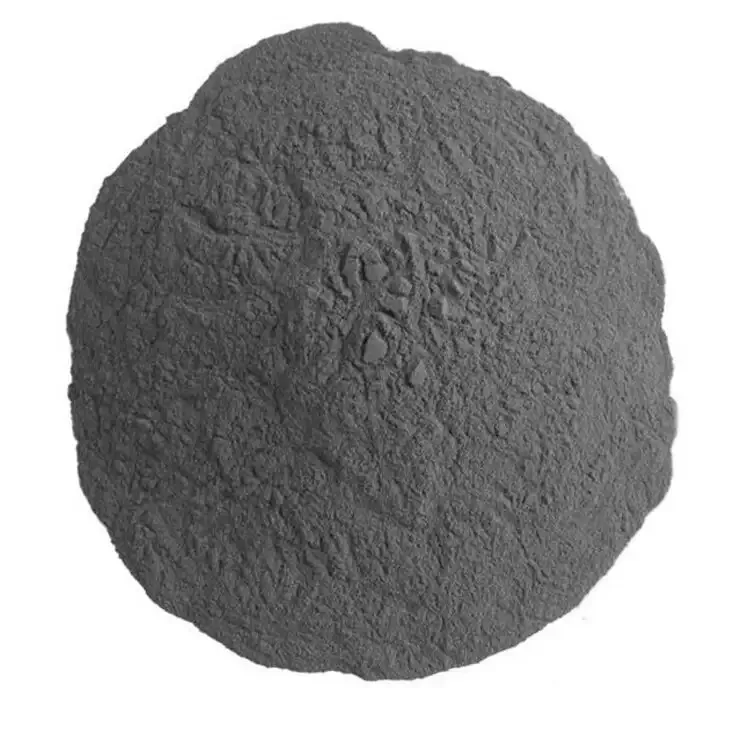Molybdenum is a versatile and essential trace element that plays a vital role in various industrial, chemical, and biological processes. Known for its exceptional strength, high melting point, and corrosion resistance, molybdenum is widely used to enhance the performance of steel alloys, electrical components, and catalysts.Molybdenum (Mo) is a versatile element with benefits that span both human health and industrial applications.

In the human body, molybdenum doesn't work on its own. Its primary role is to act as a cofactor for several critical enzymes, meaning these enzymes cannot function without it.
Here are the key benefits derived from this role:
A. Essential for Enzyme Function
Molybdenum is a crucial component of four major enzymes in the body:
Sulfite Oxidase: This is arguably its most critical role. This enzyme converts sulfites into sulfates.
Benefit: Detoxification of Sulfites. Sulfites are compounds found naturally in some foods and are often added as preservatives to wine, beer, dried fruits, and processed meats. For some people, sulfites can trigger allergic reactions, headaches, or asthma attacks. Molybdenum ensures your body can safely break them down and eliminate them.
Xanthine Oxidase: This enzyme helps break down purines, which are compounds from your DNA and from certain foods (like red meat and seafood).
Benefit: Metabolizing Nucleic Acids & Antioxidant Production. This process produces uric acid. While too much uric acid is harmful (leading to gout), in healthy amounts, it acts as a potent antioxidant in the blood, protecting cells from damage caused by free radicals.
Aldehyde Oxidase: This enzyme, along with xanthine oxidase, helps break down aldehydes.
Benefit: Detoxification of Harmful Compounds. Aldehydes are toxic compounds that can come from both internal and external sources, most notably from the metabolism of alcohol (acetaldehyde is a major cause of hangovers). This enzyme helps metabolize these toxins, as well as certain drugs, protecting the body.
Mitochondrial Amidoxime Reducing Component (mARC): This is a more recently discovered enzyme whose function is still being fully explored.
Benefit: Aiding Metabolism. It is believed to play a role in metabolizing certain drugs and toxic substances, working alongside the other enzymes to remove unwanted compounds from the body.
In simpler terms, for your health, molybdenum helps:
Prevent the buildup of harmful sulfites.
Process waste products and produce a key antioxidant (uric acid).
Break down alcohol and other toxins.
Support the metabolism of fats and carbohydrates.
Food Sources of Molybdenum
It's easy for most people to get enough molybdenum from their diet. Deficiency is extremely rare. Excellent sources include:
Legumes: Lentils, peas, and all types of beans are the richest sources.
Grains: Oats, barley, and rice.
Nuts and Seeds: Especially peanuts and sunflower seeds.
Dairy Products: Milk, yogurt, and cheese.
Organ Meats: Such as beef liver and kidney.
Leafy Green Vegetables: Like spinach.
(Note: The molybdenum content in plants depends heavily on the molybdenum content of the soil they are grown in.)

Molybdenum is just as essential for plants as it is for humans. It is a critical micronutrient for plant growth.
Nitrogen Fixation: This is its most important role in agriculture. Molybdenum is a key component of the nitrogenase enzyme, which allows certain bacteria (like Rhizobium in the root nodules of legumes) to convert inert nitrogen gas from the atmosphere into ammonia. This "fixed" nitrogen is a natural fertilizer that plants can use to grow and produce protein.
Nitrate Reduction: Plants also absorb nitrogen from the soil in the form of nitrates. Molybdenum is a cofactor for the enzyme nitrate reductase, which converts these nitrates into a usable form within the plant.
The overall agricultural benefit: Molybdenum is essential for the nitrogen cycle. It improves soil fertility, increases crop yields (especially in legumes like soybeans and alfalfa), and enhances the protein content of plants. It is often included in fertilizers for soils that are deficient in it.
Beyond biology, molybdenum is a highly valued metal with unique properties.
Steel Alloys: This is its primary industrial use. Adding molybdenum to steel creates alloys that are incredibly strong, hard, and resistant to corrosion and high temperatures. These alloys are used in demanding applications like aircraft parts, industrial machinery, military armor, and high-strength structural steel.
Catalysts: Molybdenum compounds are used as catalysts in the petroleum industry to remove sulfur from gasoline and diesel fuel, which helps reduce air pollution and acid rain.
High-Performance Lubricants: Molybdenum disulfide (MoS₂) is a solid lubricant that can withstand very high temperatures and pressures. It's used in greases and coatings for automotive parts (like CV joints), industrial equipment, and even in space applications.
Pigments: Molybdenum compounds can be used to create bright, stable pigments for paints, inks, and plastics, ranging from orange to red.
In conclusion, molybdenum is a "small but mighty" element. While you only need tiny amounts in your diet, it plays a vital role in keeping your body's detoxification and metabolic systems running smoothly. Its benefits extend powerfully into the food we grow and the industrial materials that build our world.
Share this page
If you have any product needs or questions, please leave us a message for consultation.
TEL: 86-18623759992
jason@bettmetal.com
Innovating Materials
for a Brighter Future